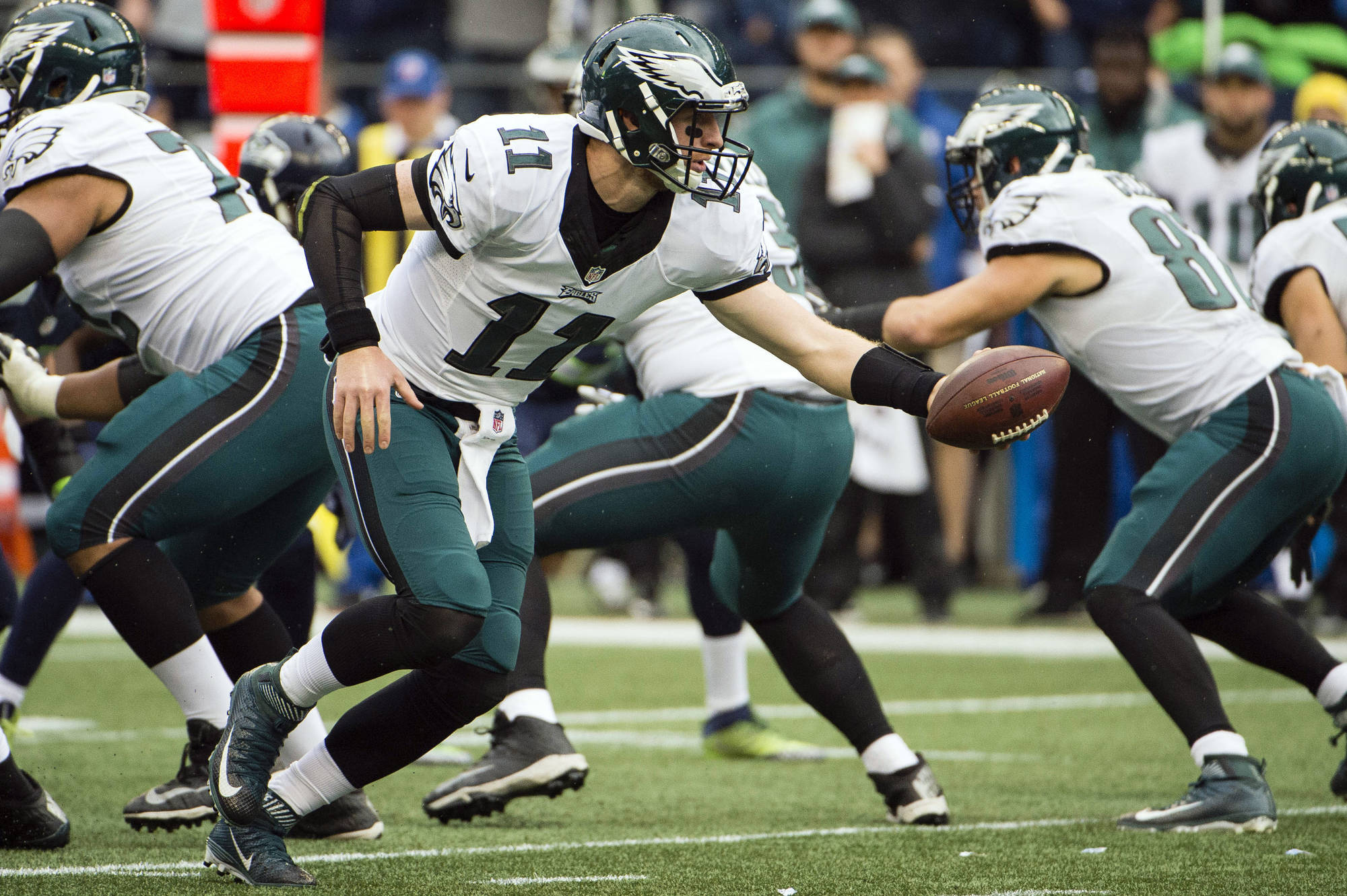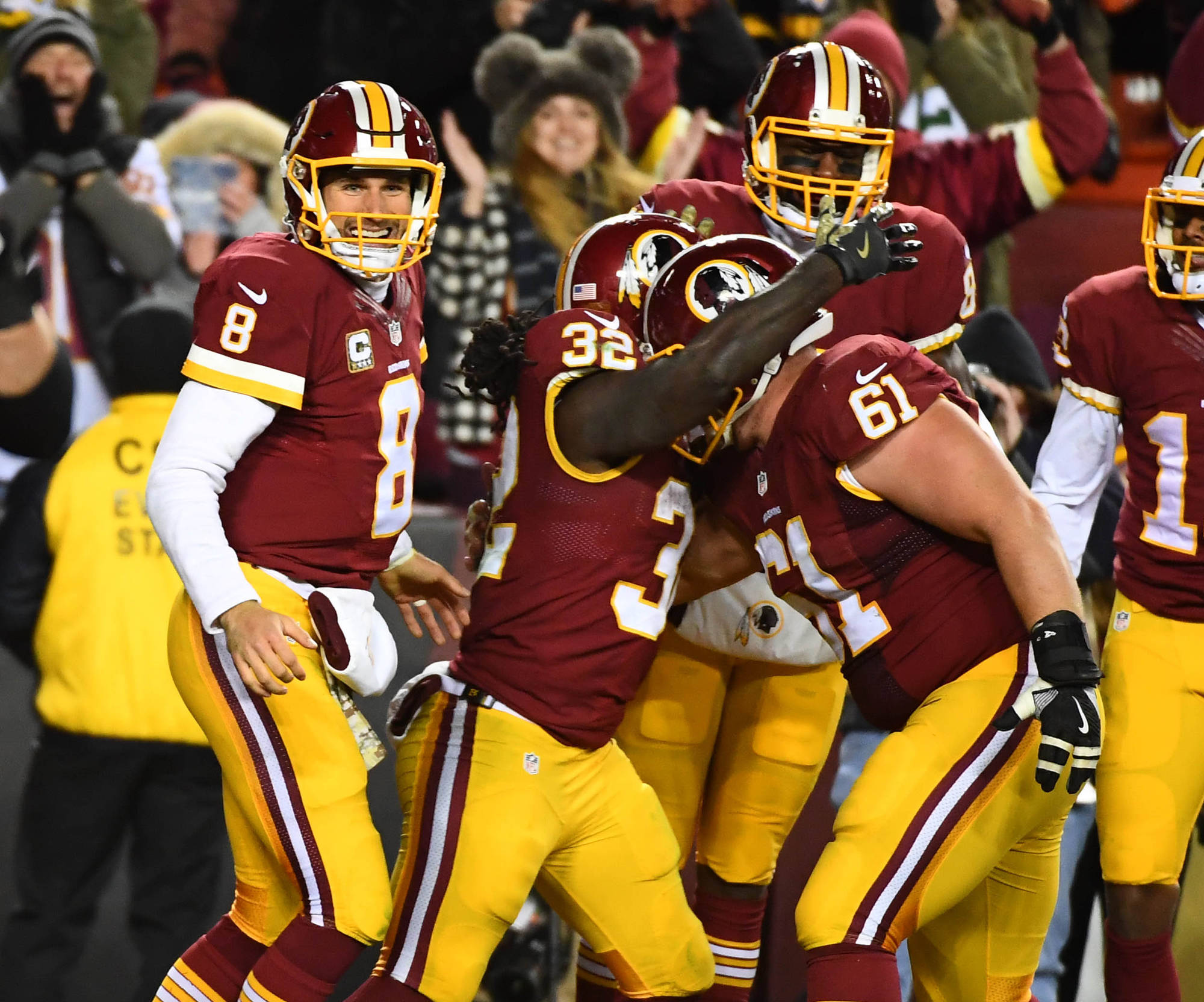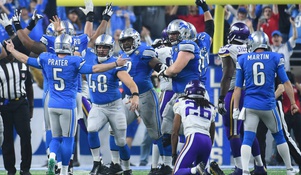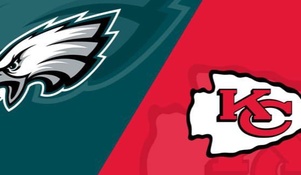Worst to First: NFC East Edition
Last year the NFC (L)East was the worst division in the NFL, how did they become maybe the most competitive division in football this year?
The 2016 NFL season has been filled with many compelling storylines, including Tom Brady’s Deflategate suspension, the Rams’ return to LA, the stellar play of rookie quarterbacks, and the re-emergence of the Oakland Raiders as an AFC powerhouse. Perhaps the most interesting, however, is the rise of the NFC East as the most competitive division in the conference, if not the NFL as a whole.
Long ridiculed as the NFC “Least”, the NFC East is composed of 4 legendary franchises with insane fan bases, the Dallas Cowboys, Washington Redskins, Philadelphia Eagles, and New York Giants. The rivalries are among the most bitter in professional sports, and the NFL history books are filled with highlights from their encounters. The Cowboys, Giants, and Redskins all have at least 3 Super Bowl titles to their credit, and all of the teams have made numerous appearances in the NFC Championship game. However, other than the Giants’ two recent Super Bowl victories over the New England Patriots, the division’s glory days are mostly in the past.

The 2015 season began with high hopes for the NFC East. Tony Romo and the Dallas Cowboys were coming off a strong 2014 campaign and seemed poised to make another playoff run. Those hopes ended with two broken collarbones and inept backup quarterback play, and the Cowboys limped to a 4-12 record. The New York Giants, behind the Super Bowl duo of Eli Manning and Tom Coughlin, seemed like contenders, especially with the emergence of star receiver Odell Beckham Jr. They finished 6-10 and Coughlin’s long tenure with the team ended. Chip Kelly’s high flying Philadelphia Eagles sought to take over the league with their lightning fast pace of play. The Eagles finished 7-9 and Kelly was fired. The Washington Redskins and coach Jay Gruden wouldn’t admit that they were protecting themselves financially from another RGIII injury by refusing to play him, despite Kirk Cousin’s struggles. In the second half of the season, it looked as though a sub .500 team would win the division. However, Cousins turned things around and the Redskins rattled off 4 wins to close the season and finished 9-7, and were the only team in the division to crack .500. However, it was worse than the records looked. The Redskins were only +9 in point differential, and the division as a whole was -165. The division was under .500 in both conference and non-conference play, and if they didn’t have the luxury of winning games against each other, it may have been much worse.

Turn the calendar to 2016. New coaches Ben McAdoo and Doug Pederson took over the Giants and Eagles, respectively, and were poised to elevate the play of quarterbacks Eli Manning and Sam Bradford. Tony Romo was “healthy” and Kirk Cousins had bet on himself and would be playing under the franchise tag. Rookie quarterbacks Carson Wentz (drafted 2nd overall by the Eagles) and Dak Prescott (taken in the 4th round by the Cowboys) were not expected to see the field. The Giants spent a ton of money on defensive free agents, and the Cowboys selected Ohio State star running back Ezekiel Elliott 4th overall to run behind their strong offensive line. Things seemed to be looking up for the “Least”. However, by the time week 1 rolled around, there were a few unexpected turns. Tony Romo got hurt again, and Teddy Bridgewater’s knee injury sent Sam Bradford to Minnesota just 8 days before the start of the season. Suddenly Wentz and Prescott were thrust into starting roles, and fans of the Eagles and Cowboys held their breath, fearing another difficult season.
Much to the surprise of NFC East fans, and the NFL world, 2016 is shaping up to be a stellar year for the entire division. Dak Prescott has led the Cowboys to 9 straight wins after an opening loss, Zeke Elliott is everything he was advertised to be, and the Cowboys’ defense, not seeing the field very much, is outperforming its’ talent level. The Cowboys appear to be the team to beat in the NFC. Carson Wentz got off to a hot start, and although he has regressed a bit, the last place Eagles are sitting at 5-5. Eli Manning and the Giants started slow but have found their stride, winning 5 straight, and are right on the Cowboys’ heels at 7-3. The Redskins have had some ups and downs, including a tie in London, but are still contenders for a Wild Card at 6-3-1. Perhaps more impressive than the records are the team’s collective success against the rest of the league. Facing off against a perennially strong AFC North, the NFC East is 10-1-1. In conference, NFC East teams are a respectable 17-11, with 6 of the losses coming from within the division. Every team has a positive point differential, and the division is +178 overall. The division as a whole has won 27 games, most in the NFL. The only other divisions with at least 20 wins are the AFC West (26) and AFC East (22).

As Thanksgiving approaches and the playoff push begins, every team in the NFC East has something to play for. The Cowboys will look to keep rolling towards the #1 overall seed in the NFC in order to avoid travelling to hostile places such as Seattle in the playoffs. The Giants, Redskins and Eagles will be battling to grab both of the NFC Wild Card slots. One thing is for sure, there will be drama, and if we have learned anything from the past, playoff berths may come down to the final week of the season, when divisional games of Cowboys at Eagles and Giants at Redskins will likely become de-facto playoff games, potentially leaving some fans wondering what might have been. If the first 11 weeks of 2016 is any indication of the future, the NFC East is the Least no more.
What do you think? How many playoff teams will the NFC East produce this season? How far can these teams go? Comment and let us know! Stay tuned for more current sports stories. Don't forget to follow us on social media. You can find us on Facebook, Instagram @beyondthemetrics, and Twitter @byondthemetrics.






